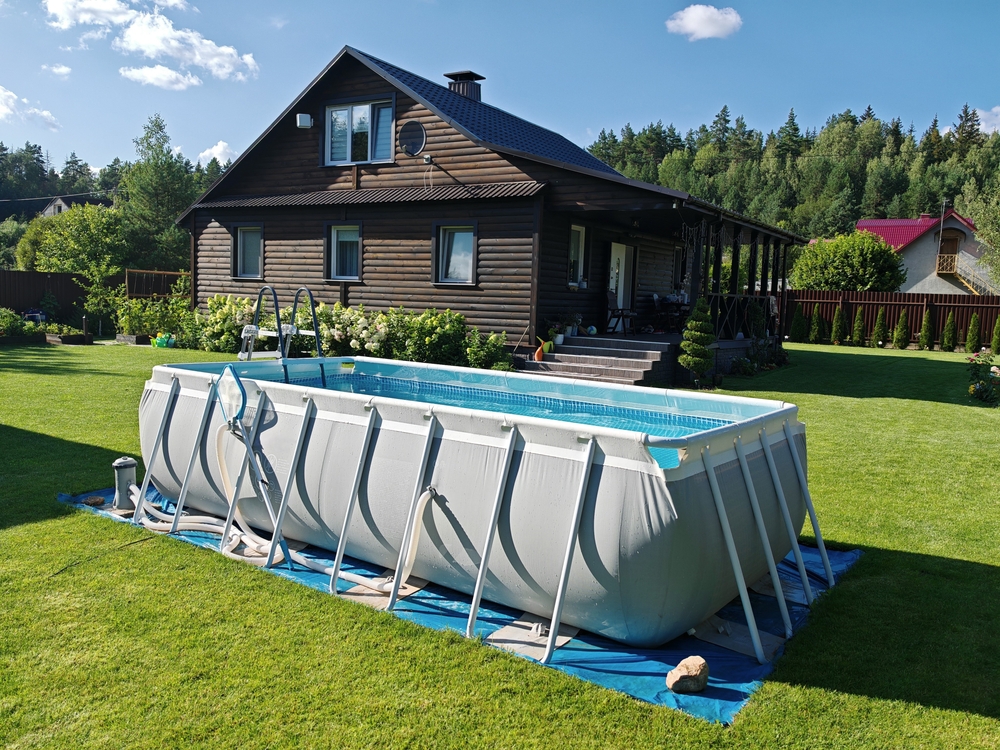In recent years, a unique and innovative trend has been on the rise in the world of architecture and housing – shipping container homes. What was once a solution for transporting goods across the globe has now transformed into an eco-friendly, cost-effective, and creative way of building homes. You can find affordable container home options with an online search.
Unconventional Sustainability
One of the most intriguing aspects of shipping container homes is their contribution to sustainable living. These homes repurpose discarded shipping containers, giving them a new lease on life as comfortable living spaces. By recycling these containers, the demand for traditional building materials is reduced, minimizing the ecological footprint of construction. Furthermore, the adaptive reuse of containers helps prevent them from piling up in landfills, promoting the principles of reduce, reuse, and recycle.
Design Flexibility and Affordability
The modular nature of shipping containers provides an inherent flexibility in design. Architects and homeowners can unleash their creativity, stacking and arranging containers in various configurations to create unique layouts. This adaptability is not only visually appealing but also allows for efficient space utilization. Moreover, the affordability of shipping container homes is a significant draw. Compared to conventional construction, the cost of acquiring and modifying containers is often more budget-friendly, making homeownership more attainable.
Structural Strength and Durability
Shipping containers are built to withstand the harshest conditions at sea, making them inherently robust and durable. This structural integrity translates well into the construction of homes. The steel framework of containers provides a solid foundation, enabling architects to explore innovative designs that might not be feasible with traditional construction materials. Additionally, their resistance to pests, fire, and extreme weather makes shipping container homes a resilient housing option in various environments.
Off-the-Grid Potential
The self-contained nature of shipping containers allows for easy integration of off-the-grid technology. Solar panels, rainwater harvesting systems, composting toilets, and energy-efficient insulation can transform these homes into eco-friendly, self-sustaining havens. This off-the-grid potential not only reduces the environmental impact but also grants homeowners independence from traditional utility systems, which is especially appealing in remote or rural locations.
Overcoming Challenges
While shipping container homes offer numerous benefits, they are not without challenges. Insulation is a key concern, as the steel structure of containers readily conducts heat. Without proper insulation, these homes can become uncomfortably hot in warm climates and chilly in colder regions. Moreover, cutting and modifying containers to create windows and doors can weaken their structural integrity if not done correctly. To address these issues, careful planning and professional expertise are crucial.
Zoning Regulations and Perceptions
One of the significant hurdles faced by shipping container homeowners is navigating through zoning regulations and changing perceptions. As this housing trend is relatively new, many local building codes were not initially designed to accommodate shipping container construction. However, with the increasing popularity and growing acceptance of container homes, many areas are revisiting and updating their regulations. Changing perceptions about container homes from being seen as mere makeshift solutions to innovative architectural achievements also play a vital role in overcoming barriers.
A Path to a Greener Future
Shipping container homes stand at the intersection of sustainability, affordability, and creativity. They offer a unique solution to the global housing challenges we face today. As the world seeks ways to reduce its carbon footprint and minimize waste, these homes provide a tangible path forward. By embracing the principles of recycling, adaptability, and off-the-grid living, shipping container homes represent not just a housing trend, but a step towards a greener and more sustainable future.
Conclusion
The phenomenon of shipping container homes continues to captivate the imagination of individuals who value innovation and environmental consciousness. These homes showcase how creativity can transform the mundane into the extraordinary, how sustainability can be integrated into everyday living, and how unconventional ideas can redefine the way we think about housing. As the trend evolves, shipping container homes may very well become an integral part of the architecture of tomorrow, shaping a world where homes are not just structures, but statements of a more conscientious way of life.




